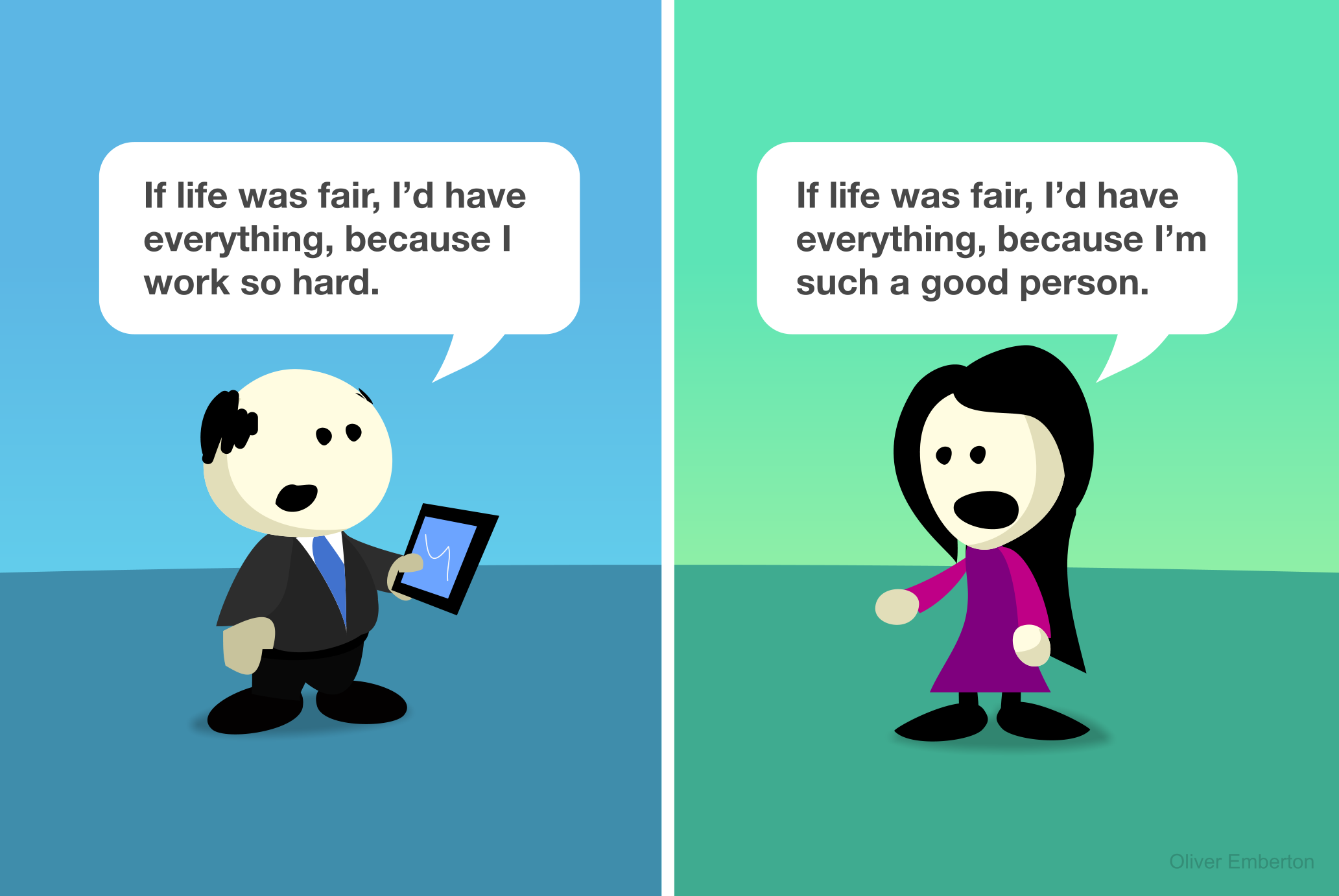Could the Way Food Looks Give Real Clues as to What Is Really Healthy for Us to Eat

Image source: https://oliveremberton.com/app/uploads/2014/11/If-life-was-fair-31.png
The next time you sit down to lunch or dinner, you may be surprised to learn that many of the foods that we eat look similar to vital organs in our body, and in fact provide nutrients that actually help the organ in question function.
Upon learning the specifics of this interesting fact, you just may ponder about whether this phenomena is a happy coincidence or a planned occurrence. Here are the facts:
A sliced carrot looks like our human eye. The pupil, iris and radiating lines look just like our human eye, and science shows carrots greatly enhance blood flow to our eyes and the function of our eyes.
A tomato has four chambers and is red. Our heart has four chambers and is red. Research shows tomatoes are loaded with lycopenea red carotenoid pigment present in tomatoes and many berries and fruitsand are indeed pure heart and blood food.
Grapes hang in a cluster that has the shape of our heart. Each grape looks like a blood cell and research shows grapes are also profound heart and blood vitalizing food.
A walnut looks like a little brain with a left and right hemisphere, similar to our upper cerebrum and lower cerebellum. Even the wrinkles (folds) on the nut are just like our neo-cortex. We know that walnuts help develop more than 30 neurotransmitters for our brain function, allowing a chemical substance to help fibers in our brain communicate with each other.
Kidney beans look like our human kidneys, and actually heal and help maintain our kidney function.
Celery, bok choy and rhubarb look like our bones. These foods specifically target bone strength. Bones are 23% sodium (salt) and these foods are 23% sodium. If you do not have enough sodium in your diet, the body pulls it from the bones, thus making them weak. These foods replenish the skeletal needs of our body.
Avocados, eggplant and pears target the health and function of the womb and cervix of the femalethey even look like these organs. Research shows that when a woman eats one avocado a week, it balances hormones, sheds unwanted birth weight, and prevents cervical cancers. It also takes 9 months to grow an avocado from blossom to ripened fruit. There are apparently more than 14,000 photolytic chemical constituents of nutrition in each one of these foods; modern science has only studied and named about 141 of these.
Figs are full of seeds and hang in twos when they grow. Figs increase the mobility of male sperm, increase the number of sperm, and can help overcome male sterility. Sweet potatoes look like the pancreas and actually balance the glycemic index of diabetics.
Olives assist the health and function of the female ovaries.
Oranges, grapefruits, and other citrus fruits look like the mammary glands of the female, and actually assist the health of the breasts and the movement of lymph in and out of the breasts.
Onions look like our body cells. Research shows that onions help clear waste materials from our body cells. As we have found out, onions even produce tears that wash the epithelial (outer) layers of our eyes. A working companion, garlic, also helps eliminate waste materials and dangerous free radicals from our body.